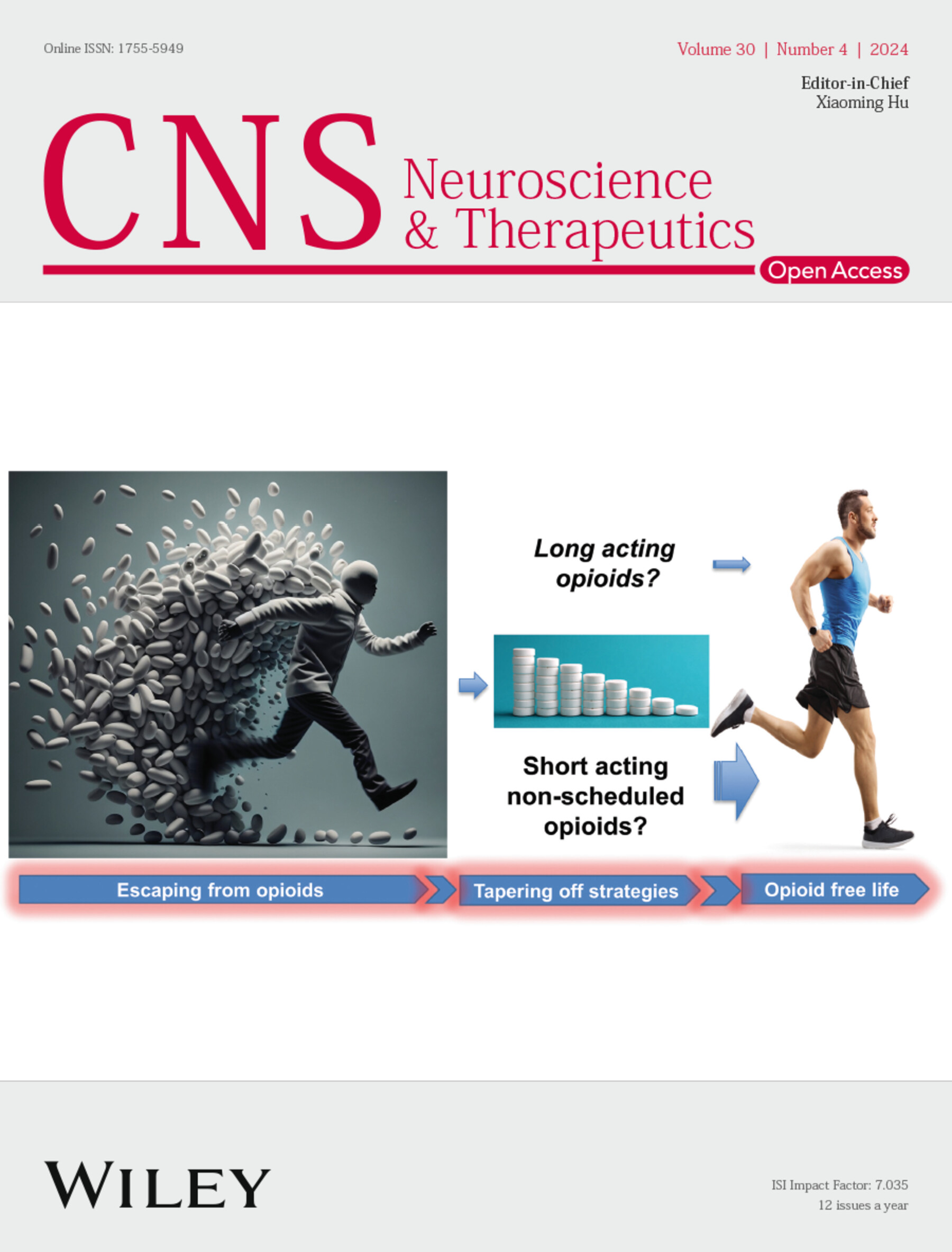Fracture Risk Associated With Dimethyl Fumarate Treatment in Multiple Sclerosis Patients: Population Heterogeneity and Temporal Patterns
Abstract
Objective
Dimethyl fumarate (DMF) is currently recommended as a first-line therapy for multiple sclerosis (MS). Investigating its adverse events (AEs) holds significant clinical importance. This study aimed to explore the association between DMF and fracture-related AEs.
Methods
Data from the FDA Adverse Event Reporting System (FAERS) database (Q1 2004 to Q3 2024) were analyzed using disproportionality analysis. Reporting Odds Ratio (ROR), Proportional Reporting Ratio (PRR), Information Component (IC), and Empirical Bayes Geometric Mean (EBGM) were employed to identify and characterize AEs. Age- and gender-specific subgroup analyses were conducted to evaluate AE patterns. Additionally, Weibull distribution analysis was performed to assess the temporal relationship of AE onset.
Results
Overall, spinal fusion fracture (ROR = 13.13, 95% CI: 1.73–99.86) and coccyx fracture (ROR = 3.05, 95% CI: 1.92–4.86) exhibited the strongest signals. Gender and age heterogeneity were observed in DMF-associated fracture risks. Female patients showed the highest signals for spinal fusion bone fracture (ROR = 13.13) and coccyx fracture (ROR = 2.80), while males predominantly exhibited patella (ROR = 4.94) and scapula fractures (ROR = 3.68). Age stratification revealed elevated risks of forearm fracture (ROR = 10.29, 95% CI: 4.24–24.96) and ankle fracture (ROR = 5.63, 95% CI: 4.32–7.35) in elderly patients, whereas younger populations displayed diverse multi-site fractures. Time-to-onset (TTO) analysis indicated that 63.62% of fractures occurred within the first 2 years of the treatment cycle, with a median onset time of 506 days. Weibull distribution modeling indicated that DMF's failure pattern aligned with an early failure-type curve.
Conclusion
DMF use is associated with an increased risk of fracture-related AEs, with demographic variations in susceptibility. This study provides critical insights into the safety profile of DMF in MS management, underscoring the need for vigilance in high-risk populations.


 求助内容:
求助内容: 应助结果提醒方式:
应助结果提醒方式:


